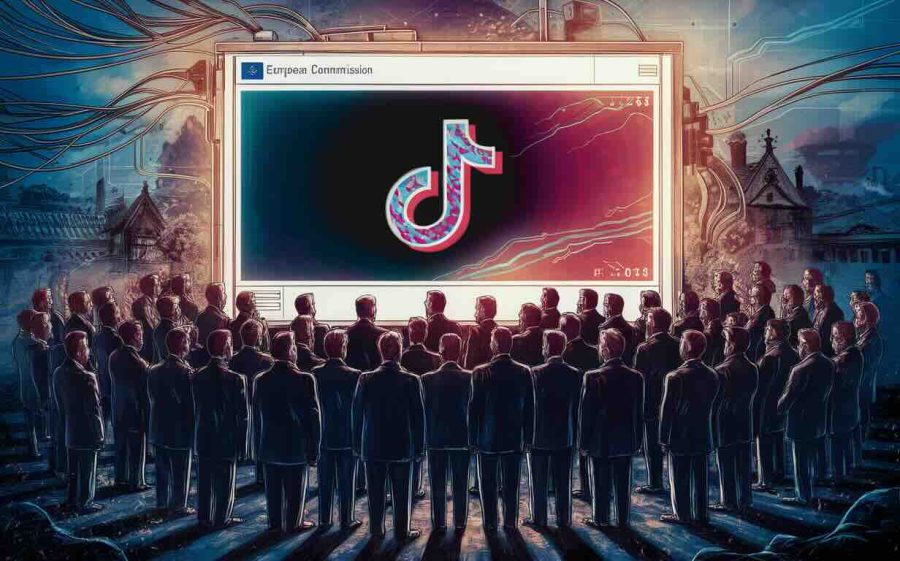Although Chapter 11 affords reorganization and protection from debtors, declaring bankruptcy is the end of the story for many businesses. But when it’s the largest Chapter 11 in history, as was the case when the financial services corporation Lehman Brothers declared bankrupcy in 2008, “the end” is a story in itself. And as a story in CIO Magazine chronicles, it’s a story that involves the company winding down its vast IT infrastructure – and moving to the cloud.

As part of the bankruptcy process involved turning Lehman Brothers’ remaining assets into cash for the company’s creditors, minimizing costs and maximizing efficiency was important. Lehman Brothers’ CTO James Johnson had to “find a solution to support the current business and at the same time support the wind-down.”
Johnson needed a way to scale down certain aspects of IT operations while scaling up others – all at the same time, of course, as avoiding any major capital investment on the bankrupt firm. “It wasn’t like I was looking for cloud computing,” Johnson tells CIO Magazine. But as he evaluated his options, “cloud matched exactly what we wanted to do.”
Before its Chapter 11, Lehman Brothers had a huge IT operation, the norm for most Wall Street companies. It deployed 2,700 software applications running on 27,000 servers. It supported over 100,000 different devices, ranging from smartphones to traders’ terminals. And Johnson was tasked with taking all of that apart while simultaneously, of course, supporting all of it.
In retrospect, the move to the cloud by Lehman Brothers makes perfect sense. There was no money for an investment in hardware (just another capital expenditure that would eventually need to be liquidated). But at the same time, Johnson still had to maintain services for a “very demanding set of users.”
The move to the cloud, according to the CIO article, afforded a certain stability while the rest of Lehman Brothers collapsed – or rather, reorganized. And in Johnson’s final words, moving to the cloud during this process actually gave him both stability and “maximum flexibility in being able to guess wrong and still meet all our objectives.”










